Availability
-
GuaranteedSundayMar 1, 2026SundayMar 8, 2026€1.960,00Available
A perfect tour for everyone, who wants to get views of 2 hard to find species – the Steller’s Eider and the Eurasian Lynx. Besides the 2 main targets, we will also look for other highlights, such as owls, woodpeckers, forest grouse, and sea birds.
Overview
March has a really different feeling to it than the months prior to it. The days have become longer and there’s more and more sunlight in the air melting the snow and ice. It’s also a busy time in nature for many mammal and bird species. For the main target species for this tour, the Eurasian Lynx, March signifies the beginning of the mating season. This is also the time of the year when the chances to see them are the greatest. For the lynx, we will start looking before dusk and finish around midnight. The rest of the day will be used for resting, looking for recent tracks, and birding! Because this tour is not only about lynx but also about other mammals and birds. The other most important target for this tour will be the Steller’s Eider, which overwinters in Estonian waters. Other birds, we will look for are owls, woodpeckers, forest grouse, divers, seaducks, and everything else Estonian nature has to offer.
It must be noted tho, that after seeing the Steller’s Eider and the first 2 nights on Saaremaa, we will concentrate more on looking for the lynx, rather than birding. Of course, if we get good looks at the lynx during the first evenings in Lahemaa, we will have more time for other activities and can go on early morning walks or drives to look for certain birds. If not, we will concentrate on looking for the lynx until late in the evening, and the daytime will be used for resting, looking for birds, and lynx-tracking if the snow conditions are suitable.
What can you see?
- Eurasian Lynx, Elk, Roe Deer, Otter, Raccoon Dog, Wild Boar, Pine Marten, Red Fox
- Steller’s Eiders and lots of other seaducks, such as Long-tailed Ducks, Velvet Scoters, Common Scoters
- White-backed, Grey-headed, Three-toed, Middle-spotted, and Black Woodpeckers
- Ural Owl, Pygmy Owl, and Northern Hawk Owl
- Capercaillie, Hazel Grouse, Black Grouse
- White-tailed Eagles, Rough-legged Buzzard, Waxwing, Parrot-and Common Crossbill, Snow bunting,
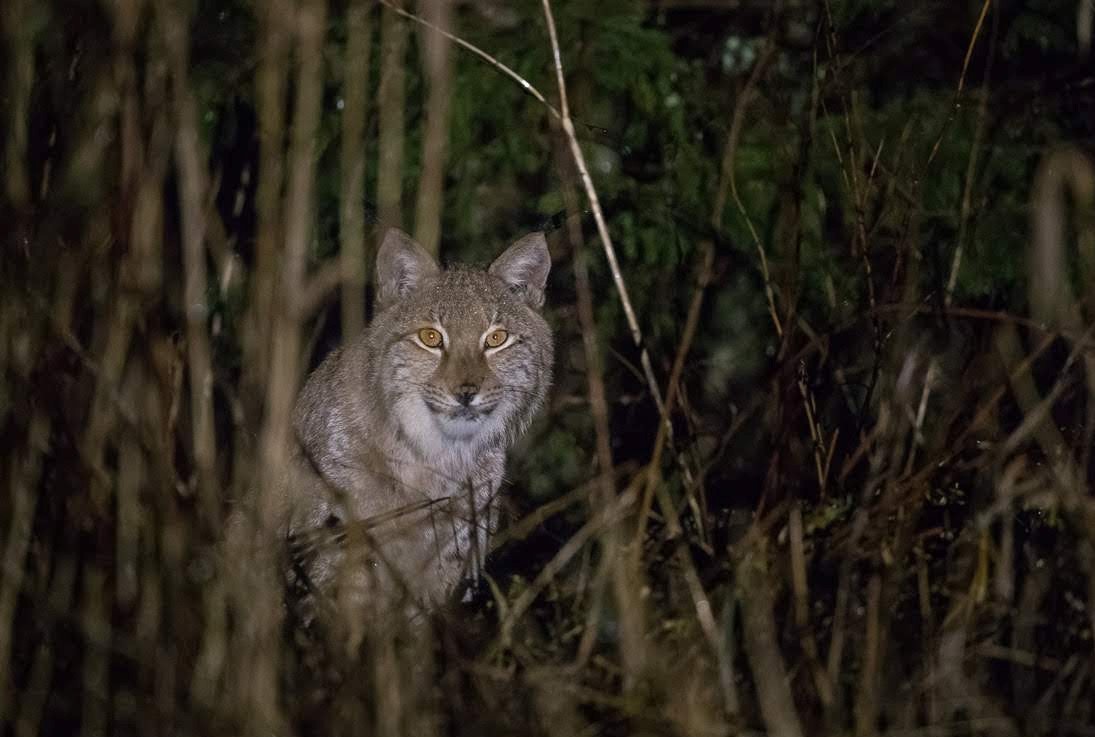
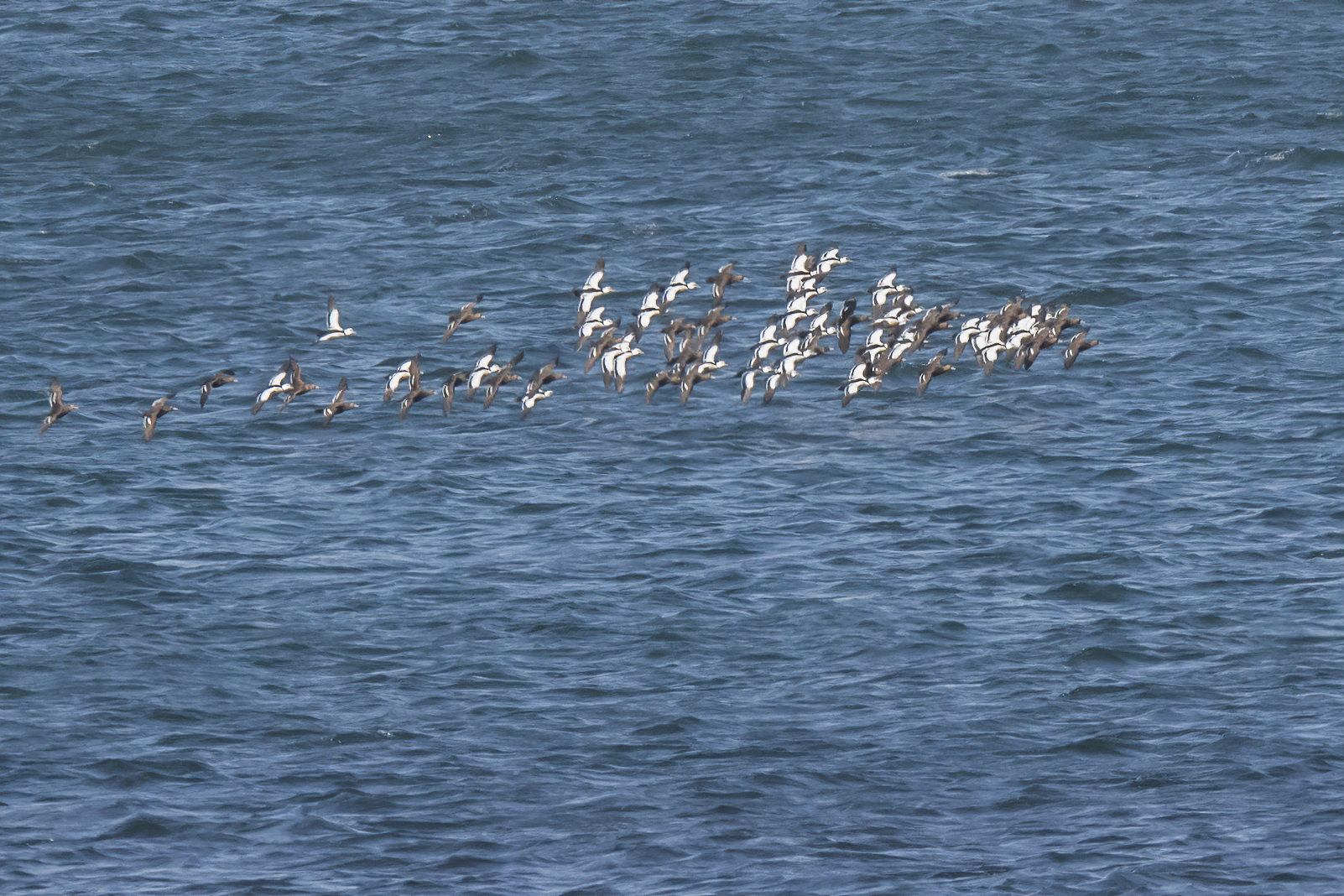
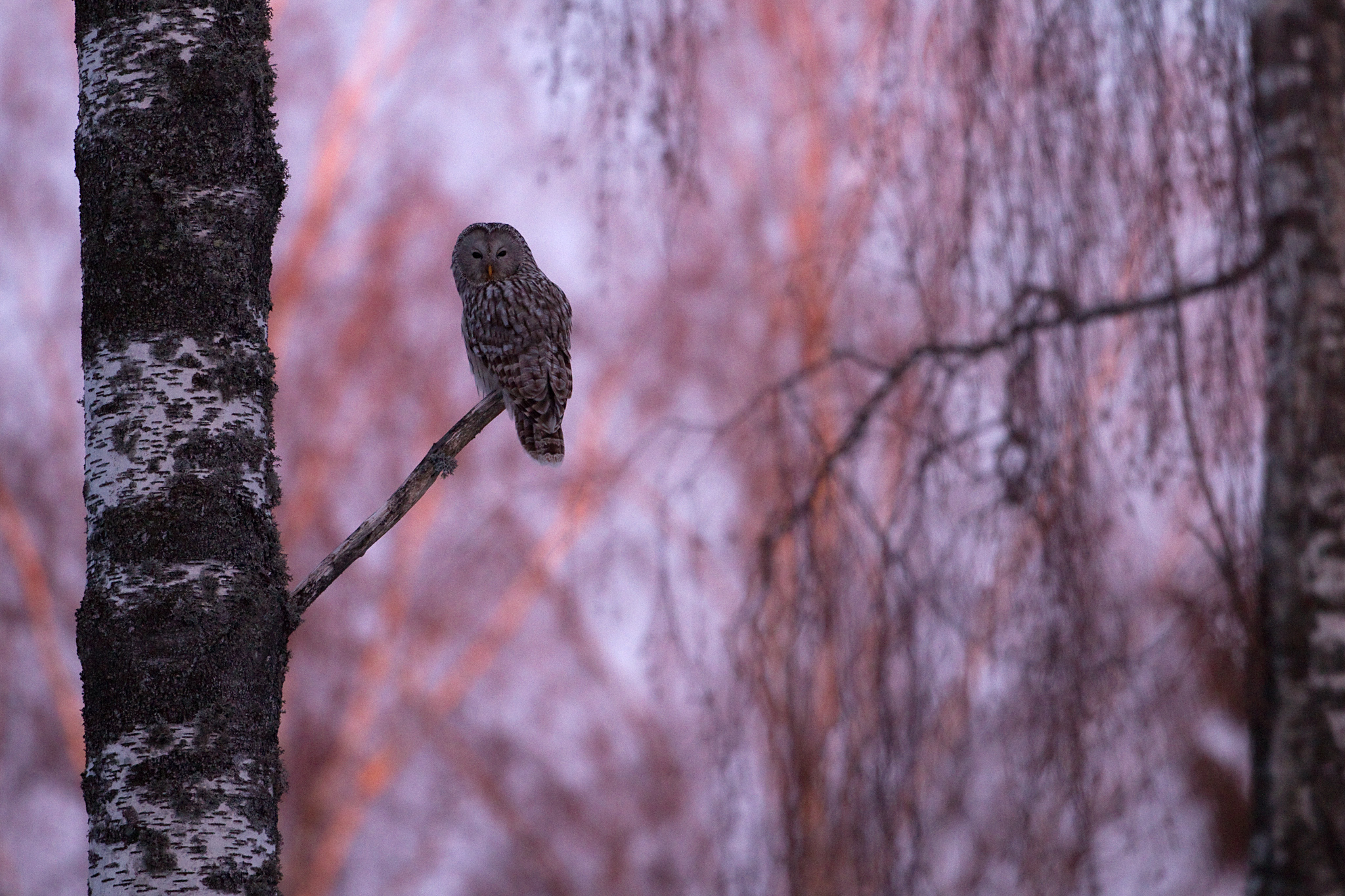
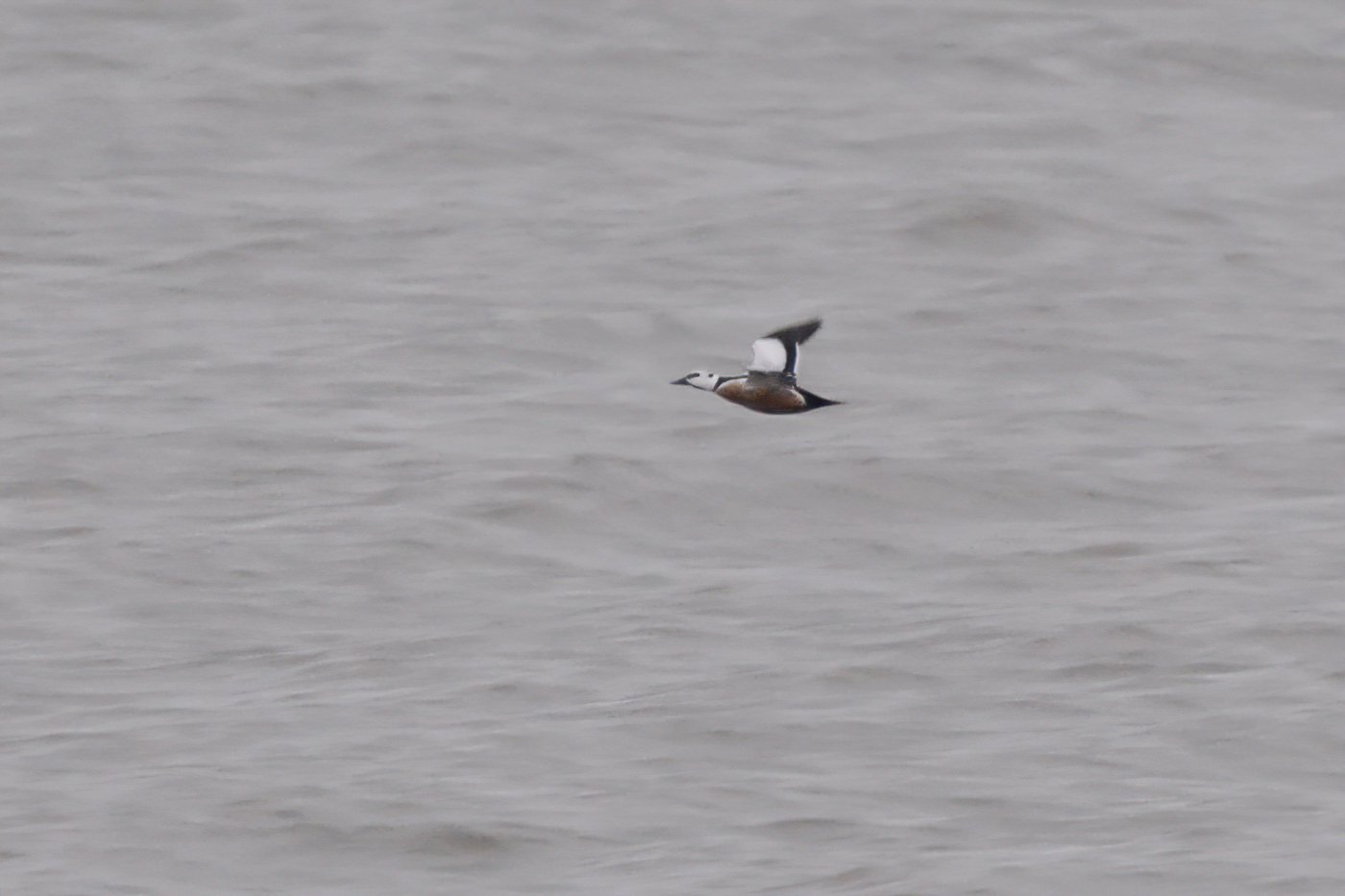


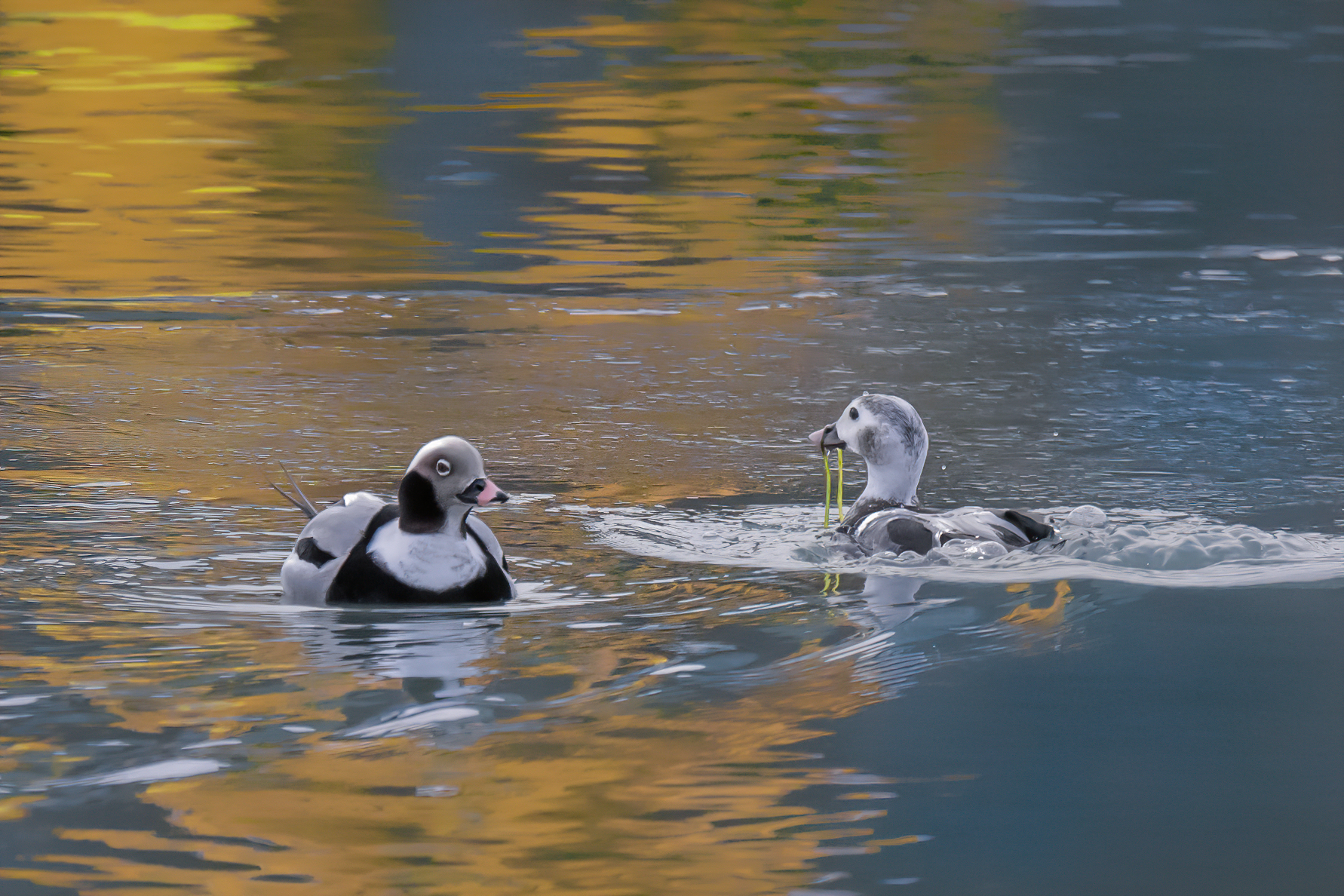
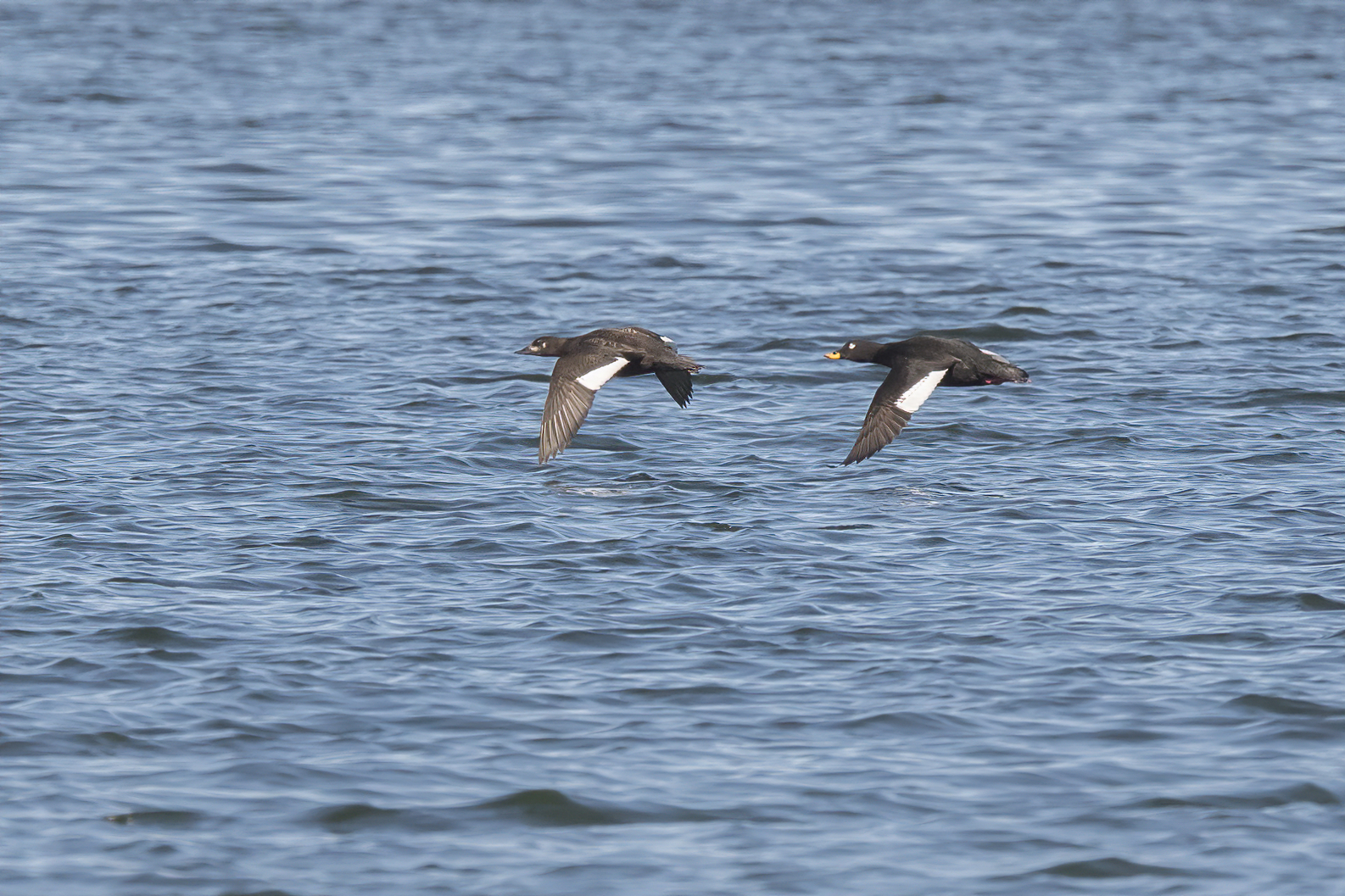
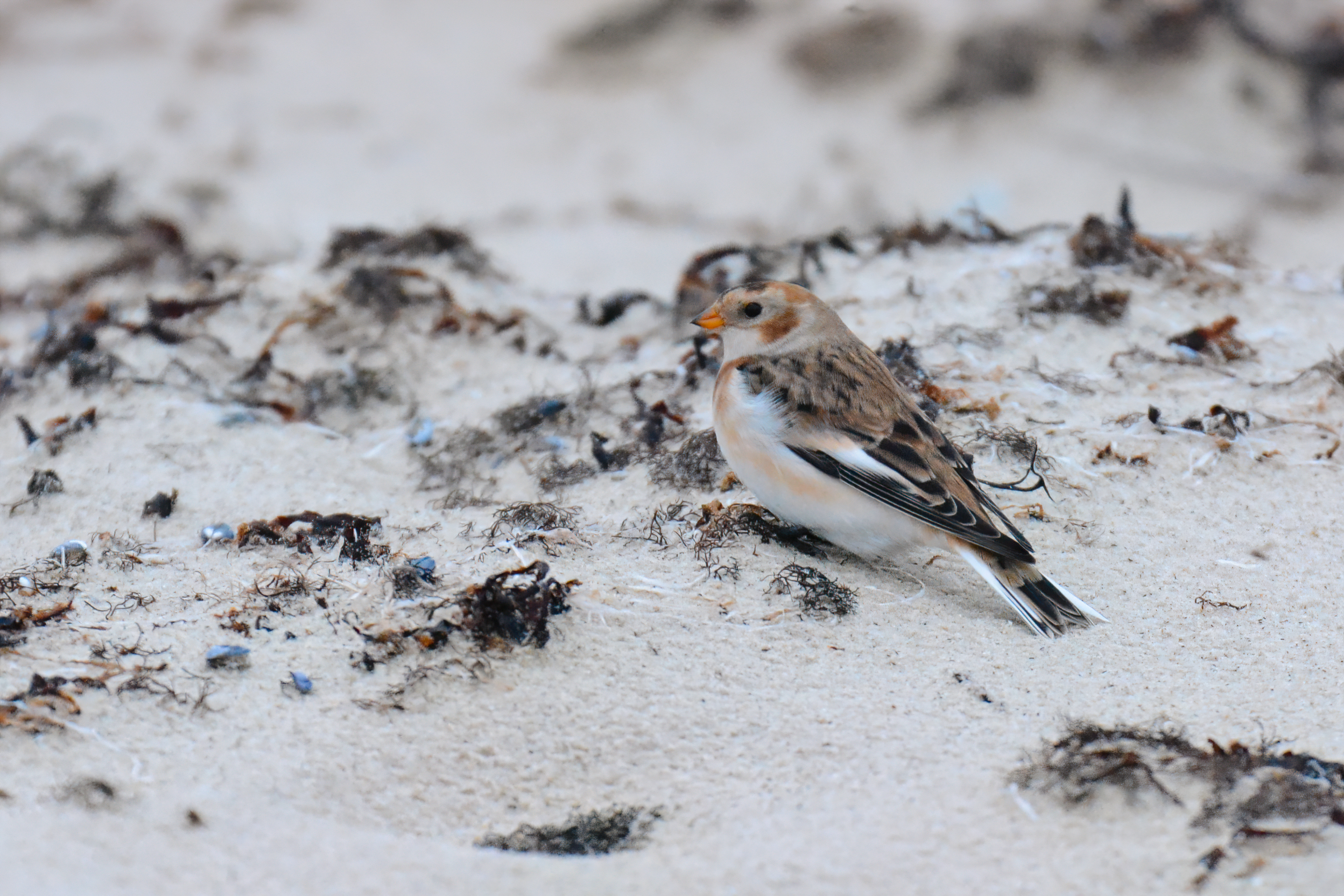
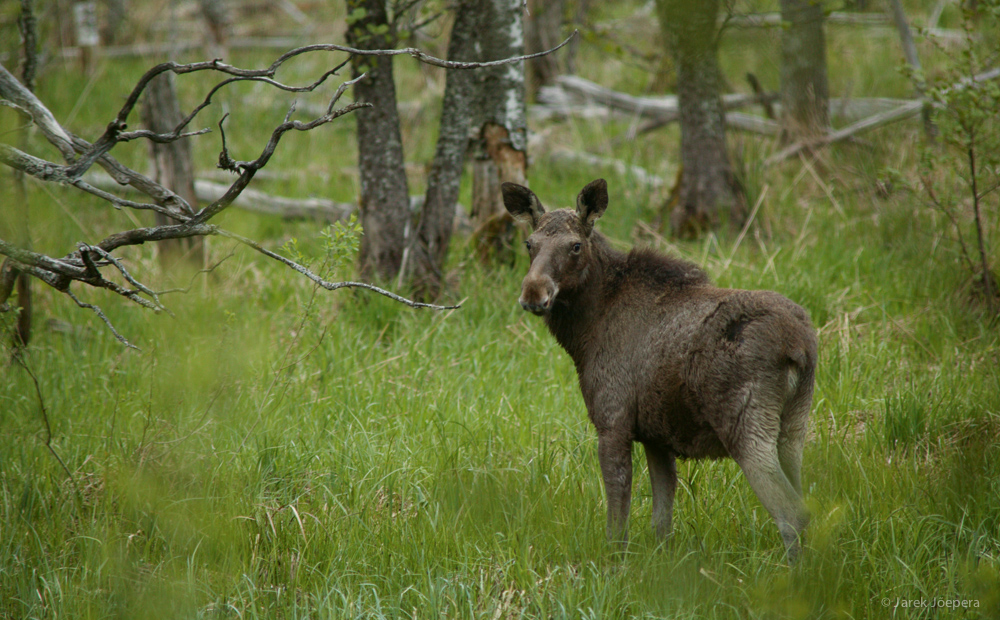
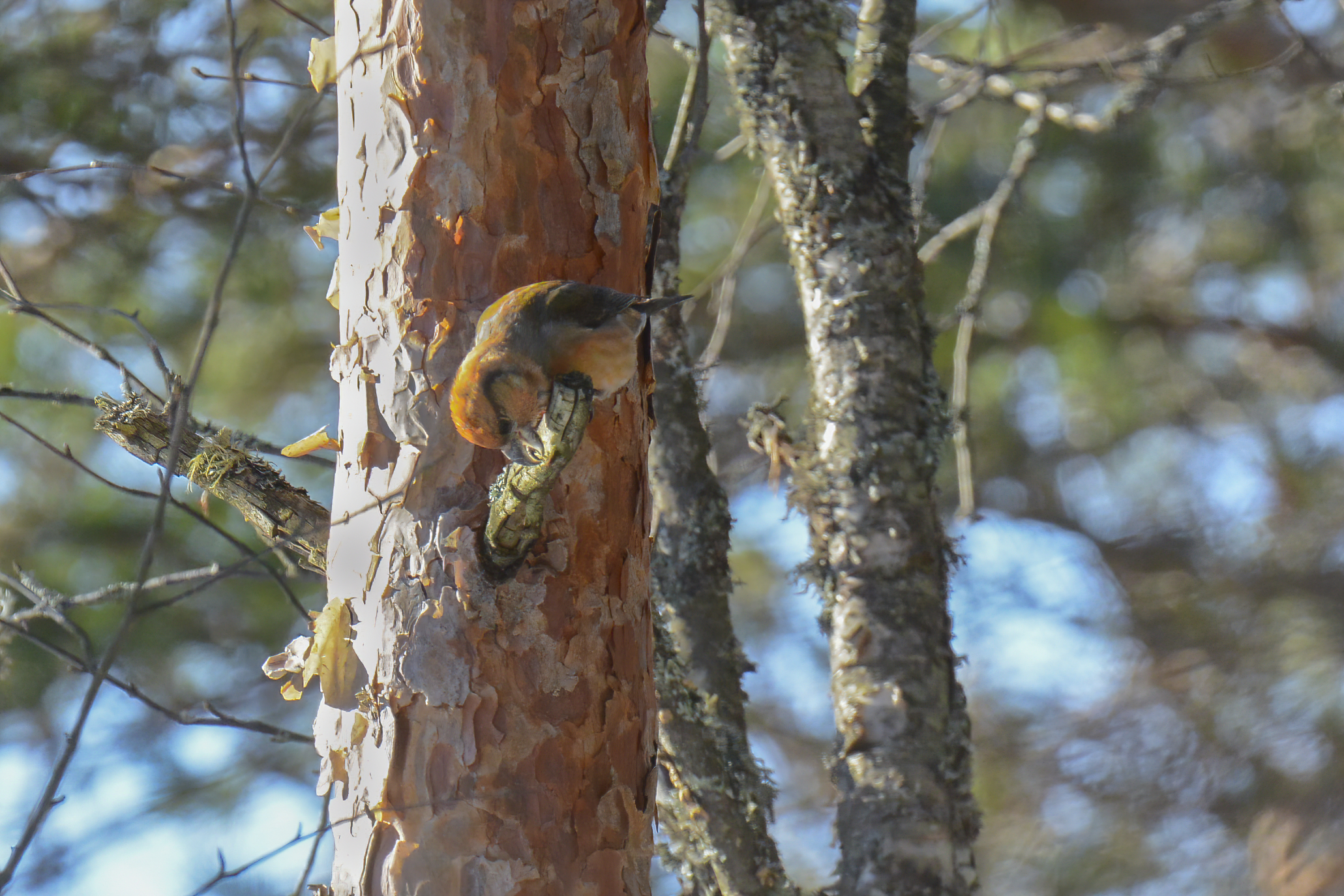
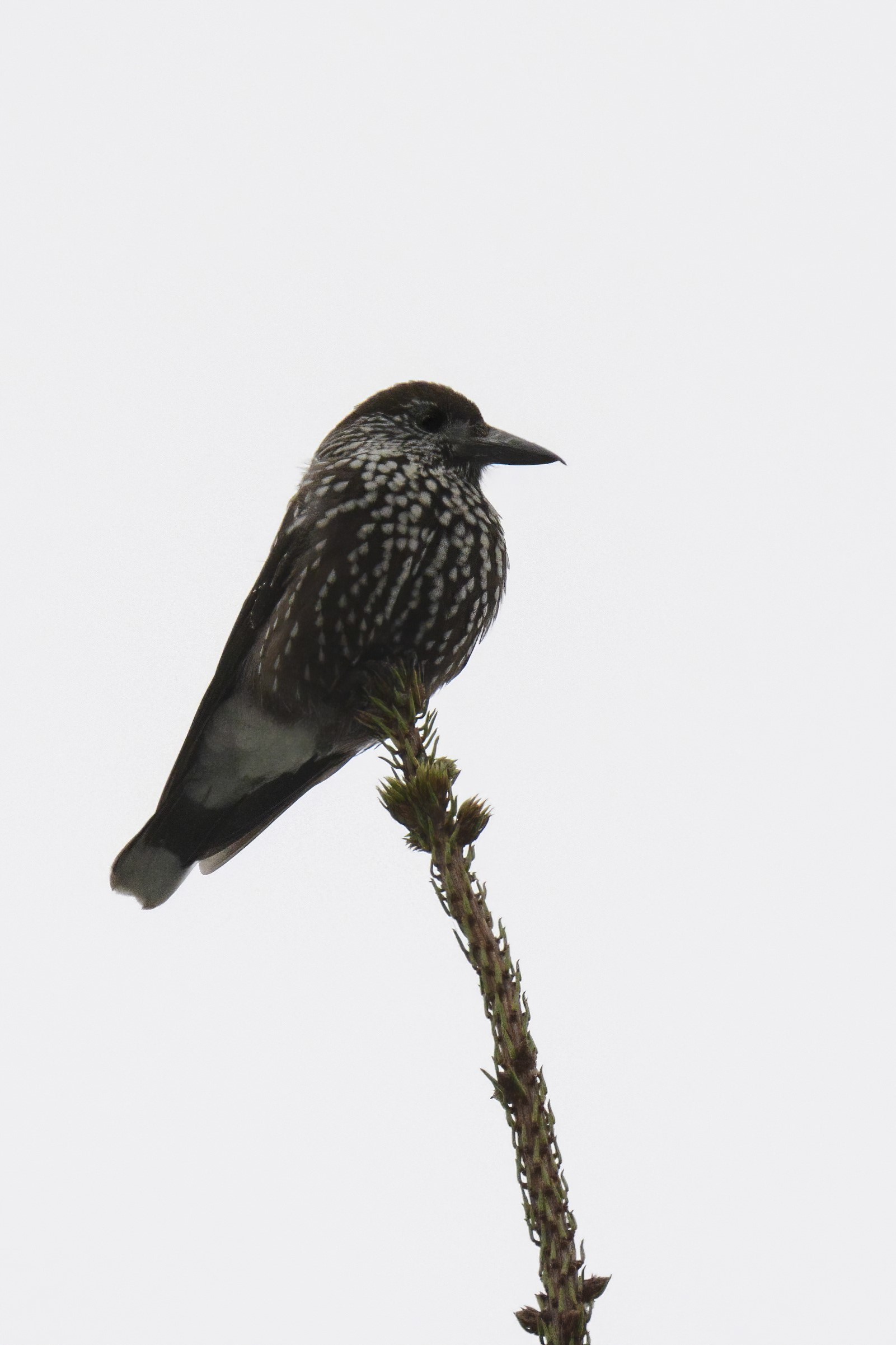
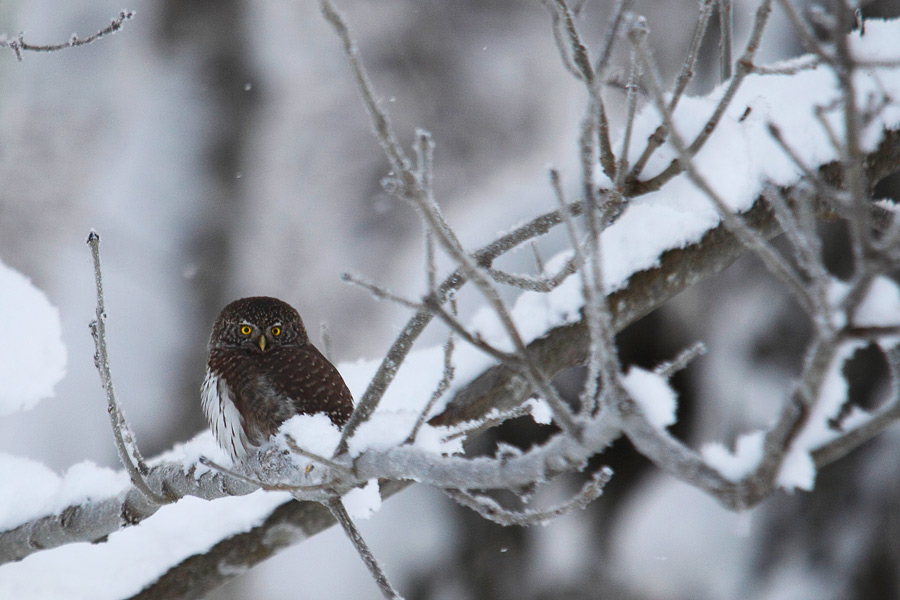

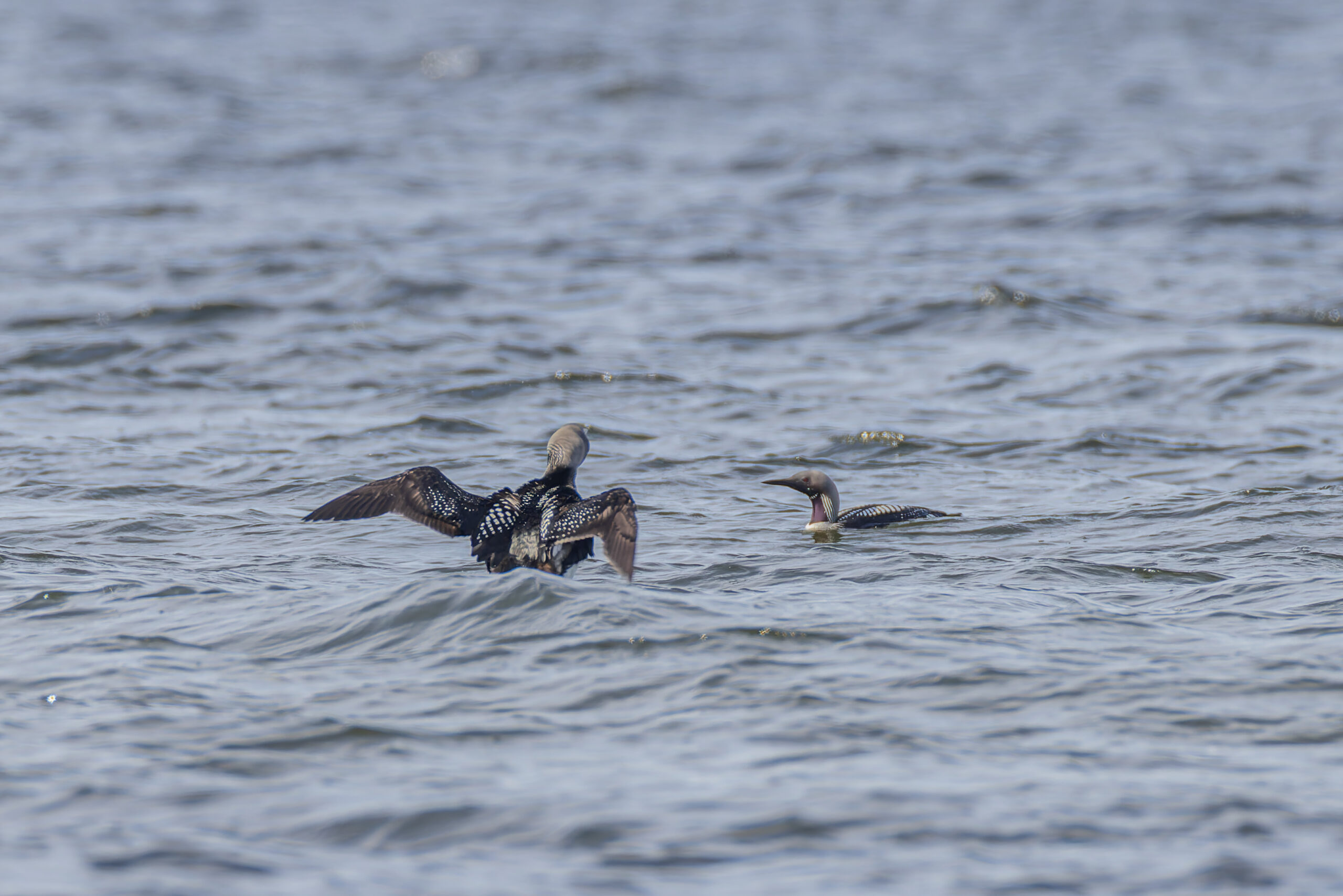


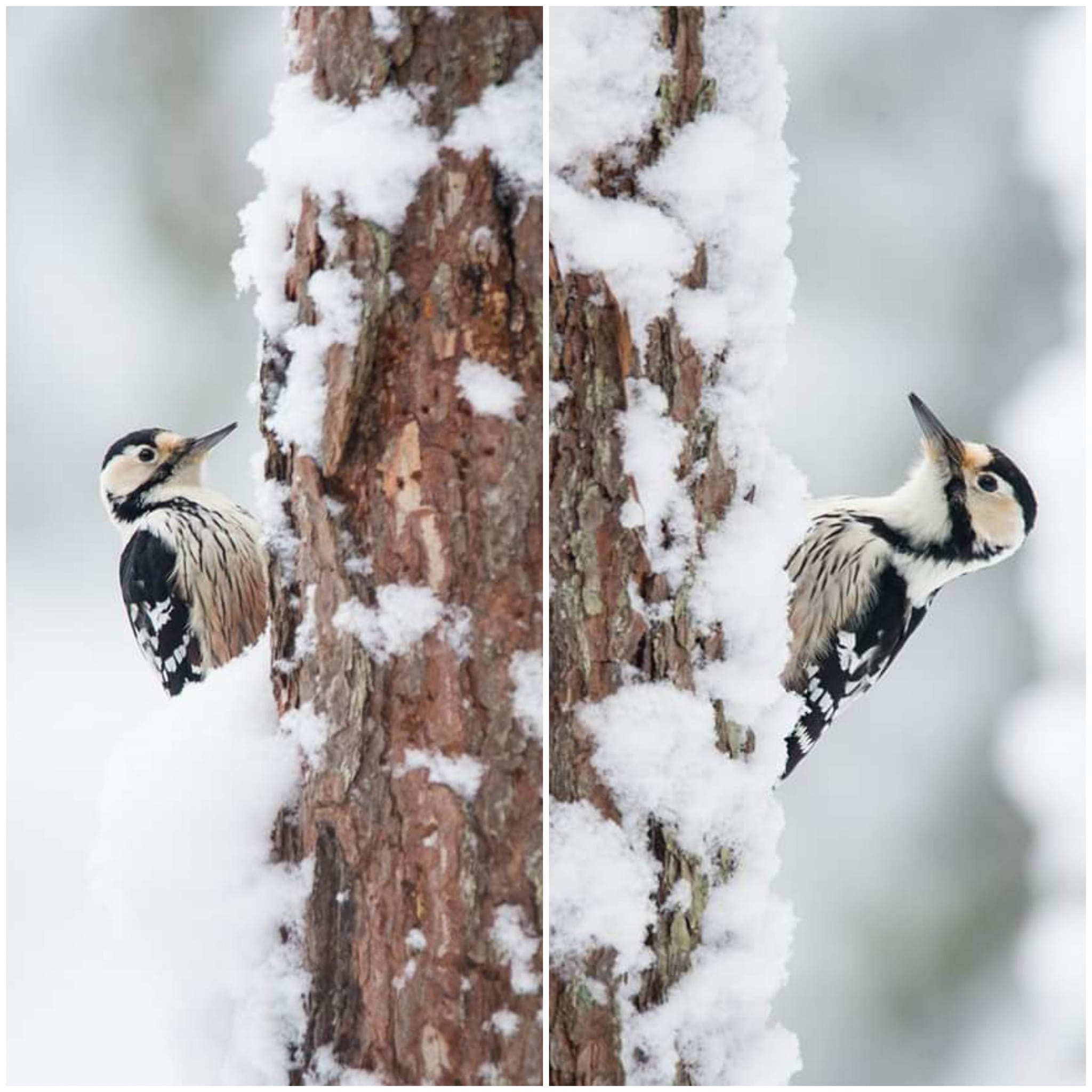




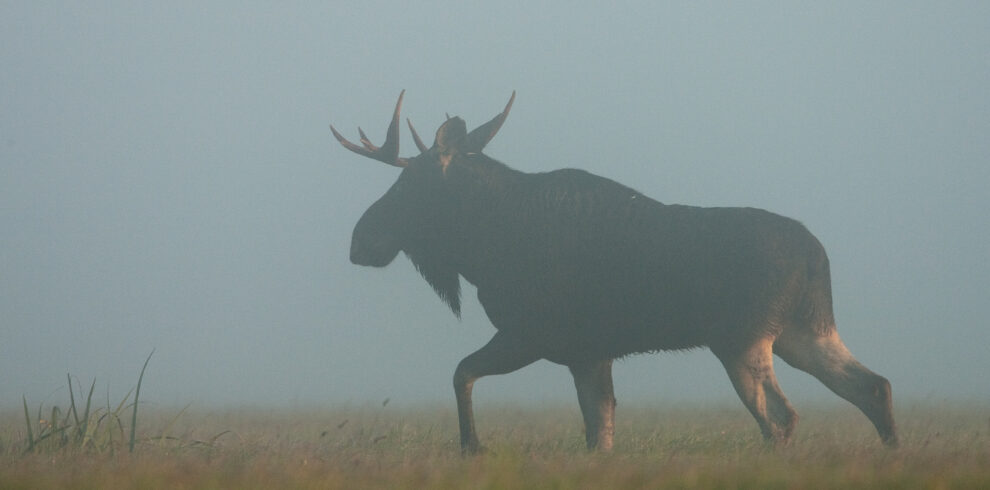
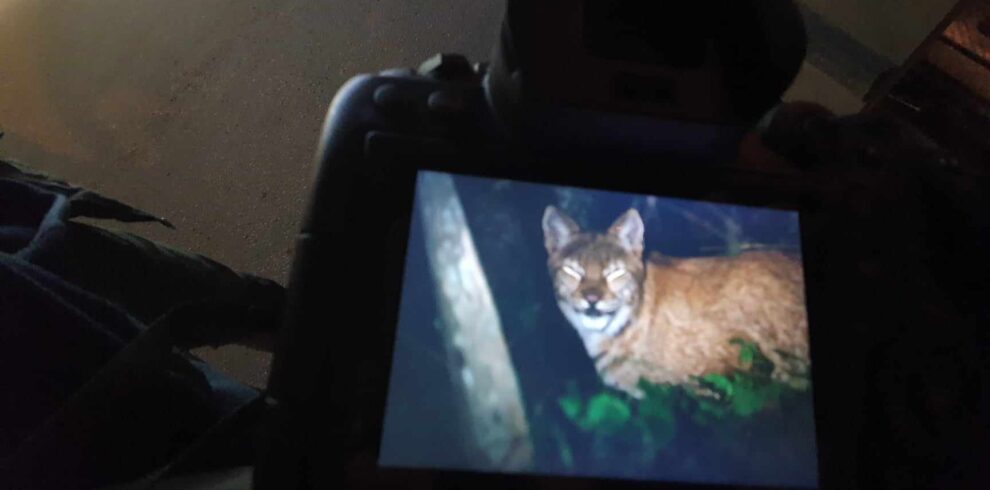
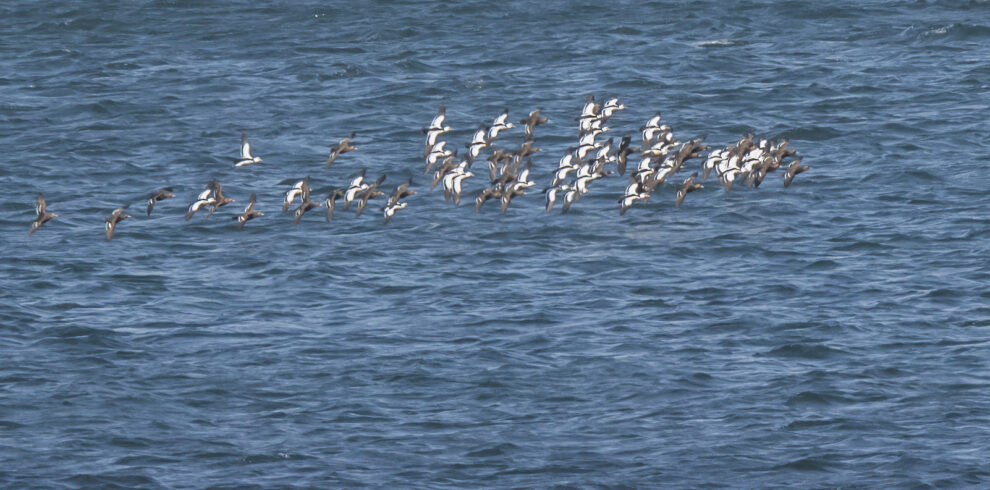

Write a Review